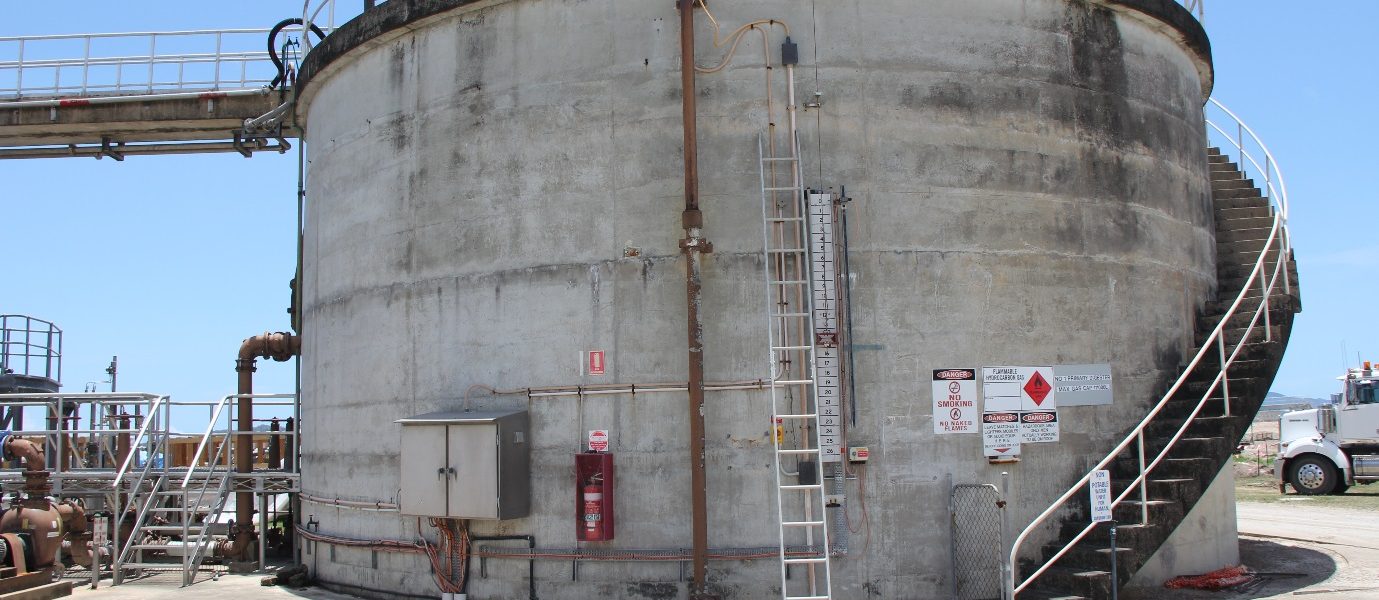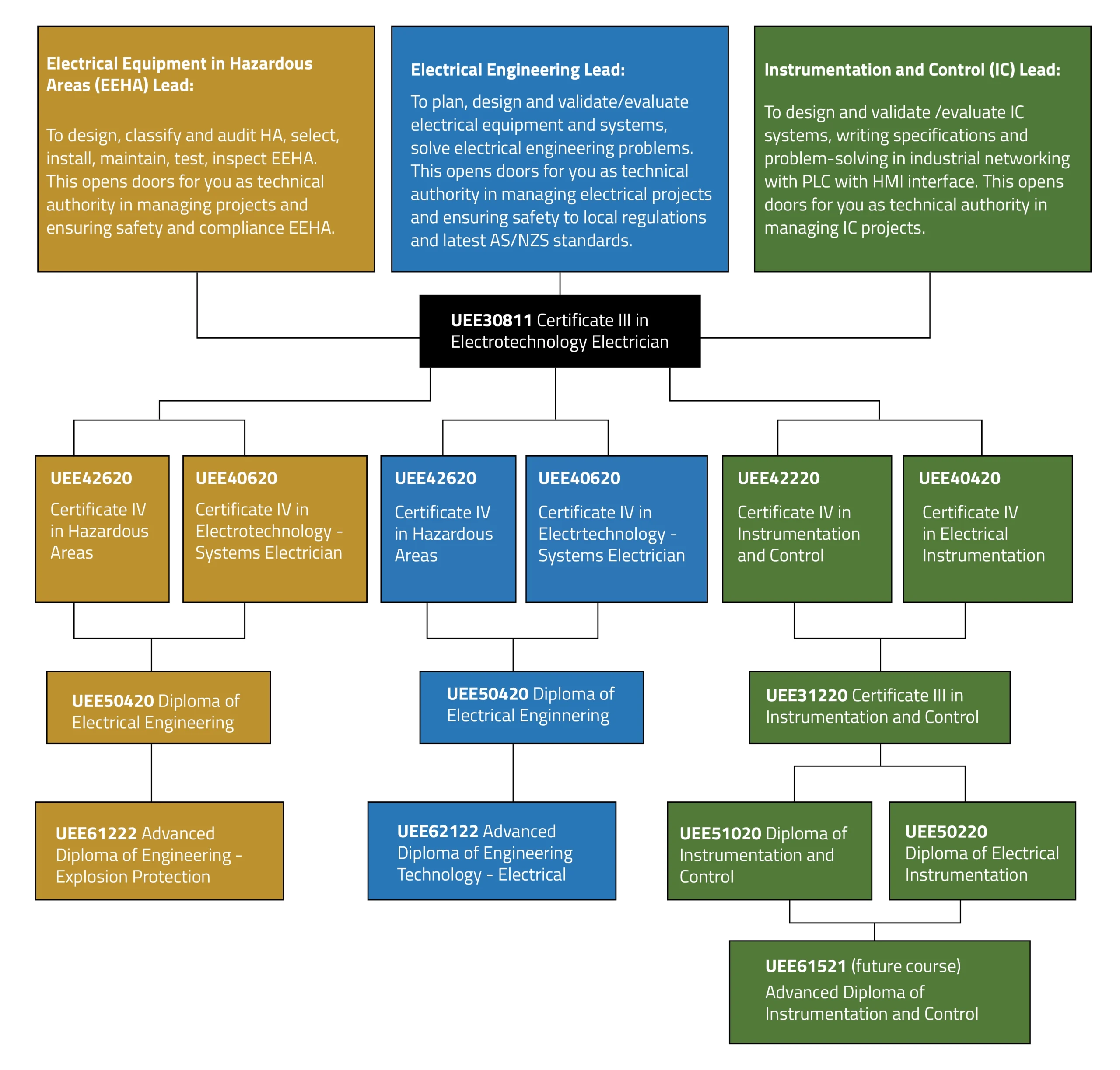What Does Roar Solutions Mean?
What Does Roar Solutions Mean?
Blog Article
The Basic Principles Of Roar Solutions
Table of ContentsHow Roar Solutions can Save You Time, Stress, and Money.Top Guidelines Of Roar SolutionsHow Roar Solutions can Save You Time, Stress, and Money.
In order to shield installations from a potential explosion an approach of analysing and identifying a possibly dangerous location is needed. The objective of this is to guarantee the correct option and installation of tools to inevitably protect against an explosion and to ensure safety of life.
(https://www.avitop.com/cs/members/roarsolutions.aspx)
No devices ought to be installed where the surface area temperature level of the equipment is above the ignition temperature of the provided threat. Below are some usual dirt hazardous and their minimal ignition temperature level. Coal Dirt 380C 225C Polythene 420C (thaws) Methyl Cellulose 420C 320C Starch 460C 435C Flour 490C 340C Sugar 490C 460C Grain Dirt 510C 300C Phenolic Resin 530C > 450C Aluminium 590C > 450C PVC 700C > 450C Residue 810C 570C The probability of the risk existing in a focus high sufficient to cause an ignition will vary from area to area.
In order to categorize this threat an installment is separated right into areas of threat relying on the quantity of time the unsafe exists. These locations are referred to as Areas. For gases and vapours and dusts and fibres there are three areas. Zone 0 Zone 20 A dangerous ambience is extremely likely to be present and might exist for lengthy periods of time (> 1000 hours per year) and even continually Zone 1 Zone 21 A hazardous atmosphere is feasible but unlikely to be existing for extended periods of time (> 10 450 C [842 F] A classification of T6 implies the minimal ignition temperature is > 85 C [185 F] Unsafe area electric devices possibly created for use in greater ambient temperatures. This would showed on the rating plate e.g. EExe II C T3 Ta + 60C( This means at 60C ambient T3 will not be surpassed) T1 T1, T2, T3, T4, T5, T6 T2 T2, T3, T4, T5, T6 T3 T3, T4, T5, T6 T4 T4, T5, T6 T5 T5, T6 T6 T6 A T Course ranking of T1 suggests the maximum surface temperature produced by the instrument at 40 C is 450 C. Thinking the associated T Course and Temperature level rating for the devices are appropriate for the area, you can always make use of a tool with a more rigid Division rating than needed for the location. There isn't a clear solution to this concern regrettably. It truly does depend on the kind of tools and what repair work require to be accomplished. Equipment with particular examination procedures that can't be executed in the field in order to achieve/maintain 3rd party rating. Have to come back to the factory if it is before the devices's service. Area Repair Work By Authorised Employee: Complicated screening may not be required nonetheless certain treatments might require to be followed in order for the devices to keep its 3rd party ranking. Authorised workers have to be utilized to execute the job correctly Repair must be a like for like substitute. New component should be thought about as a straight substitute calling for no special testing of the tools after the fixing is full. Each tool with a dangerous score must be examined individually. These are laid out at a high level listed below, but also for more thorough info, please refer straight to the guidelines.
How Roar Solutions can Save You Time, Stress, and Money.
The equipment register is an extensive database of tools records that consists of a minimum collection of fields to determine each product's area, technological parameters, Ex lover classification, age, and environmental information. This information is important for monitoring and taking care of the tools effectively within harmful locations. In contrast, for regular or RBI tasting evaluations, the grade will be a combination of Detailed and Close evaluations. The ratio of Comprehensive to Shut examinations will be figured out by the Devices Threat, which is examined based upon ignition danger (the likelihood of a source of ignition versus the possibility of a combustible environment )and the harmful area classification
( Zone 0, 1, or 2). This variant will certainly additionally influence the resourcing demands for work prep work. As soon as Whole lots are defined, you can develop sampling plans based on the example size of each Lot, which refers to the number of arbitrary equipment items to be examined. To establish the called for sample dimension, two aspects require to be assessed: the dimension of the Great deal and the group of evaluation, which suggests the level of effort that should be applied( reduced, normal, or boosted )to the inspection of the Whole lot. By integrating the classification of evaluation with the Whole lot dimension, you can then develop the suitable rejection requirements for a sample, meaning the allowable variety of malfunctioning products discovered within that sample. For more details on this process, please refer to the Energy Institute Standards. The IEC 60079 basic advises that the maximum interval in between evaluations must not go beyond three years. EEHA inspections will likewise be performed outside of RBI projects as component of arranged upkeep and devices overhauls or repair work. These inspections can be credited towards the RBI example dimensions within the affected Whole lots. EEHA inspections are conducted to recognize faults in electric devices. A heavy scoring system is important, as a solitary item of devices might have numerous faults, each with varying degrees of ignition threat. If the consolidated score of both inspections is much less than two times the mistake rating, the Lot is considered appropriate. If the Whole lot is still thought about undesirable, it has to undertake a full assessment or validation, which may trigger stricter examination procedures. Accepted Lot: The root causes of any kind of faults are identified. If an usual failure setting is located, extra devices might call for maintenance. Faults are categorized by extent( Safety, Honesty, Housekeeping ), making sure that urgent concerns are examined and addressed immediately to alleviate any effect on safety and security or procedures. The EEHA data source must track and videotape the lifecycle of mistakes in addition to the rehabilitative actions taken. Implementing a robust Risk-Based Evaluation( RBI )approach is vital for ensuring conformity and safety and security in taking care of Electrical Equipment in Hazardous Areas( EEHA) (eeha courses). Automated Fault Scoring and Lifecycle Monitoring: Effortlessly manage mistakes and track their lifecycle to improve assessment accuracy. The introduction of this assistance for risk-based examination further reinforces Inspectivity's setting as a best-in-class remedy for regulative conformity, along with for any type of asset-centric inspection usage situation. If you have an interest in finding out more, we invite you to request a demonstration and discover just how our option can transform your EEHA administration procedures.
The 45-Second Trick For Roar Solutions

In terms of eruptive threat, a harmful area is a setting in which an eruptive ambience is present (or may be anticipated to be existing) in quantities that need unique precautions for the building, setup and use of Read More Here tools. electrical refresher course. In this post we discover the challenges faced in the workplace, the risk control procedures, and the called for competencies to function safely
It is an effect of contemporary life that we make, save or handle a variety of gases or fluids that are deemed combustible, and a series of dusts that are considered flammable. These compounds can, in certain problems, create eruptive atmospheres and these can have major and tragic consequences. A lot of us know with the fire triangular remove any kind of among the three aspects and the fire can not take place, but what does this mean in the context of harmful areas? When breaking this down right into its simplest terms it is basically: a combination of a certain amount of launch or leakage of a certain material or product, mixing with ambient oxygen, and the visibility of a resource of ignition.
In a lot of circumstances, we can do little regarding the degrees of oxygen airborne, but we can have substantial impact on sources of ignition, as an example electrical equipment. Dangerous locations are recorded on the unsafe location category drawing and are recognized on-site by the triangular "EX LOVER" indication. Here, among other crucial info, zones are split right into three types depending upon the risk, the chance and period that an explosive environment will certainly exist; Zone 0 or 20 is regarded the most unsafe and Area 2 or 22 is regarded the least.
Report this page